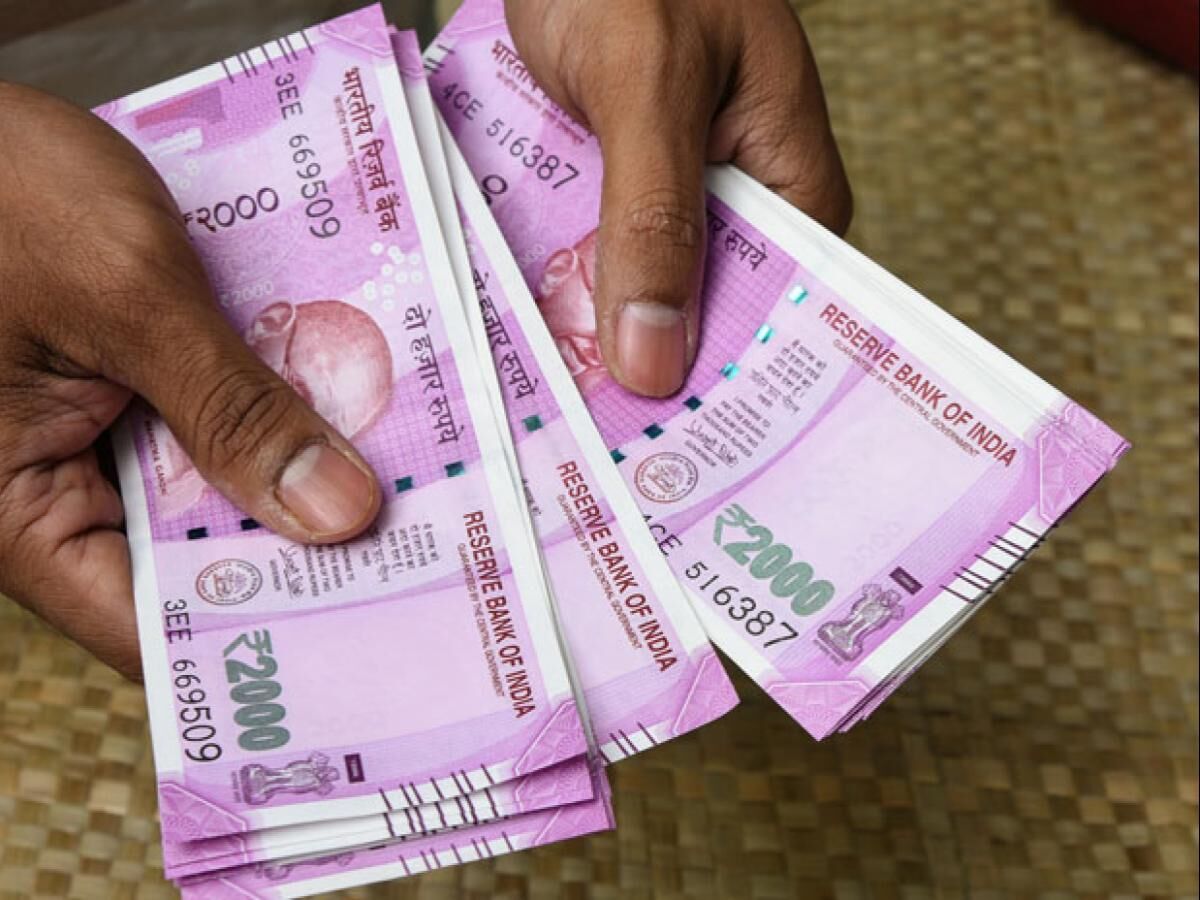Return of ₹2,000 Currency Notes
Context:
According to a research report, the Reserve Bank of India’s (RBI) decision to withdraw 2,000 rupee notes could increase banks’ deposit bases and liquidity in the money markets by anywhere from 40,000 billion rupees to 1.1 lakh billion rupees, even if only about a third of these heavily hoarded high currency notes are purged by the exercise.
Points to Ponder:
- Volte-face by State Bank of India (SBI): State Bank of India (SBI) made a U-turn after widespread criticism of its intention to require a slip to be filled out when exchanging notes of 2,000 rupees at its branches. SBI is the largest bank in India..

- Withdrawal of slip requirement: According to SBI, individuals can exchange banknotes with a face value of up to 2,000 rupees (up to 20,000) without producing any identifying documentation or requesting a requisition slip.
- RBI’s choice to discontinue the 2,000 notes: The Reserve Bank of India announced the withdrawal of the Rs. 2,000 notes and gave the public until September 30 to deposit or exchange them.
- Potential effects on the liquidity and deposit base: According to a study, the elimination of 2,000 notes might boost banks’ deposit bases and money market liquidity. If any of the widely hoarded 2,000 notes are deposited or exchanged, the financial system might gain anywhere from 40,000 to 1.1 lakh crore.
- Hoarding of $2,000 bills: According to the research, the hoarded $2,000 bills were likely utilised to cheat taxes on unreported income. Some of these notes might be used to purchase assets like jewellery and real estate.
- Uncertainty and probable exchanges: Similar to the experience during the demonetization exercise in 2016, the uncertainty surrounding the future status of 2,000-yen notes after the September 30 deadline could lead to a frenzy of exchanges over the next four months.
- Temporary impact on deposit base: The elimination of 2,000 notes may have a short-term positive influence on banks’ deposit bases. The larger deposit base may eventually settle as precautionary demand shifts to lesser denominations, however, these notes were not frequently used for transactions.
- Impact on banks’ deposit bases and liquidity in the money markets: If a scenario where 10% to 30% of the hoarded wealth enters the market occurs, it might have a long-term effect on banks’ deposit bases and liquidity in the money markets, amounting to $400 to $1,100 billion.
- Transfer of dividend by RBI: Compared to the previous year, the RBI opted to transfer a sizeable dividend to the government totalling 87,416 crores. The liquidity will be improved.
- Fiscal cushion and spending pressure reduction: The dividend transfer gives the government a fiscal cushion of between 0.13% and 0.15 per cent of GDP, assisting in reducing possible expenditure pressures all year long. The government will use the extra money to finance its spending in the upcoming months.





